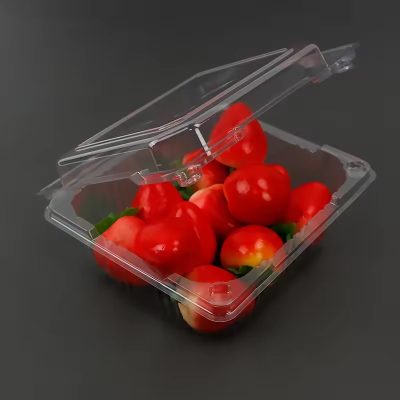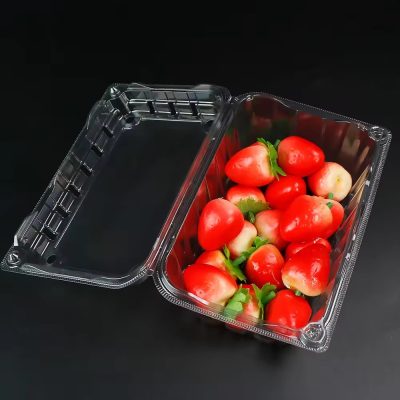Fruit packaging is integral to the agricultural supply chain, ensuring that fresh produce retains its quality and appeal from the farm to the consumer. This article delves into the significance of fruit packaging, its essential components, benefits, design considerations, and the industry’s shift towards sustainability.
Introduction to Fruit Packaging
Fruit packaging is designed to protect perishable fruits from physical damage, contamination, and spoilage during handling, transportation, and storage. Effective packaging not only extends the shelf life of fruits but also preserves their nutritional value and enhances their visual appeal, which is crucial for consumer satisfaction and marketability.
Essential Components of Fruit Packaging
Packaging Material: Materials used include cardboard, plastic, and increasingly, biodegradable options like plant-based films. The choice depends on the fruit type, fragility, and required shelf life.
Ventilation: Proper ventilation is critical, allowing air circulation to maintain fruit freshness by reducing moisture buildup and preventing mold growth.
Cushioning: Inserts, pads, or trays made of foam, pulp, or other cushioning materials help absorb shocks and prevent bruising of delicate fruits.
Labels and Branding: Labels provide essential information such as fruit type, origin, nutritional facts, and expiration date. Branding elements on the packaging enhance product appeal and brand recognition.
Benefits of Effective Fruit Packaging
Product Protection: Protects fruits from physical damage, contamination, and environmental factors such as humidity and temperature fluctuations.
Extended Shelf Life: Innovative solutions like modified atmosphere packaging (MAP) help extend shelf life by controlling the oxygen and carbon dioxide levels within the packaging.
Consumer Convenience: User-friendly packaging designs with easy-open features and resealable options improve consumer convenience and satisfaction.
Brand Differentiation: Attractive and informative packaging helps differentiate products in a competitive market, enhancing brand loyalty and sales.
Design Considerations
Material Selection: Selecting materials that balance protection, cost, and sustainability. Recyclable or biodegradable materials can reduce environmental impact.
Size and Shape: Packaging should be appropriately sized to minimize fruit movement inside, preventing damage. Ergonomic designs enhance handling and stacking efficiency.
Ventilation: Designing packaging with adequate ventilation holes or breathable materials to ensure proper air circulation and prevent spoilage.
Sustainability: Incorporating eco-friendly materials and designs that reduce waste and environmental footprint, meeting consumer demand for sustainable packaging solutions.
Trends in Fruit Packaging
Sustainable Packaging: Increasing use of biodegradable and compostable materials such as PLA (polylactic acid) and cellulose-based films. These materials decompose naturally, reducing environmental impact.
Smart Packaging: Integration of technology such as QR codes and RFID tags that provide consumers with information about the product’s origin, freshness, and safety.
Innovative Designs: Development of packaging solutions like MAP and vacuum packaging that extend shelf life and maintain fruit quality.
Minimalistic Packaging: Trends towards minimalistic designs that use less material while still providing adequate protection, appealing to eco-conscious consumers.
Conclusion
In conclusion, fruit packaging is a vital component in the journey of fresh produce from farm to table. The choice of materials and packaging design significantly impacts the preservation, safety, and appeal of fruits. As the industry advances, there is a notable shift towards sustainable and innovative packaging solutions that meet consumer demands and contribute to environmental conservation. By focusing on protection, convenience, and sustainability, fruit packaging continues to evolve, playing a crucial role in the modern marketplace.







